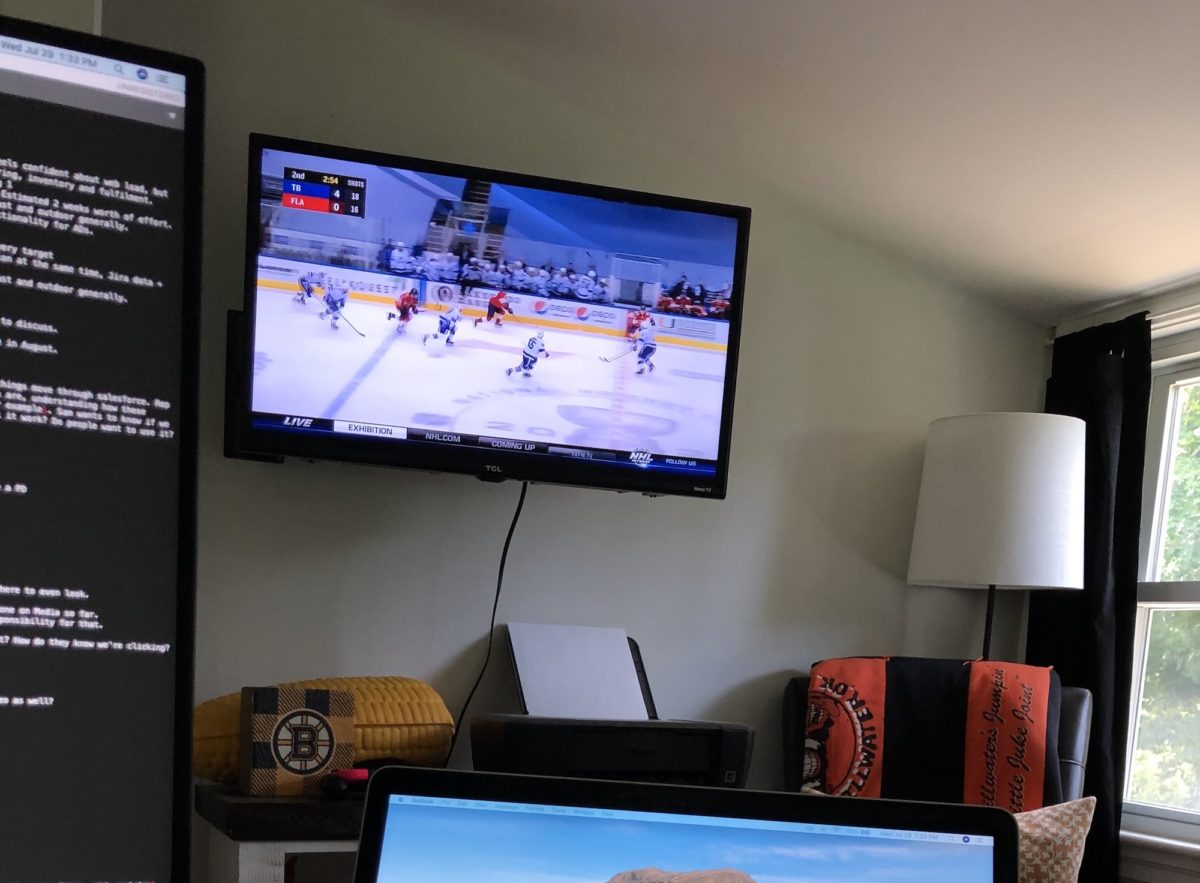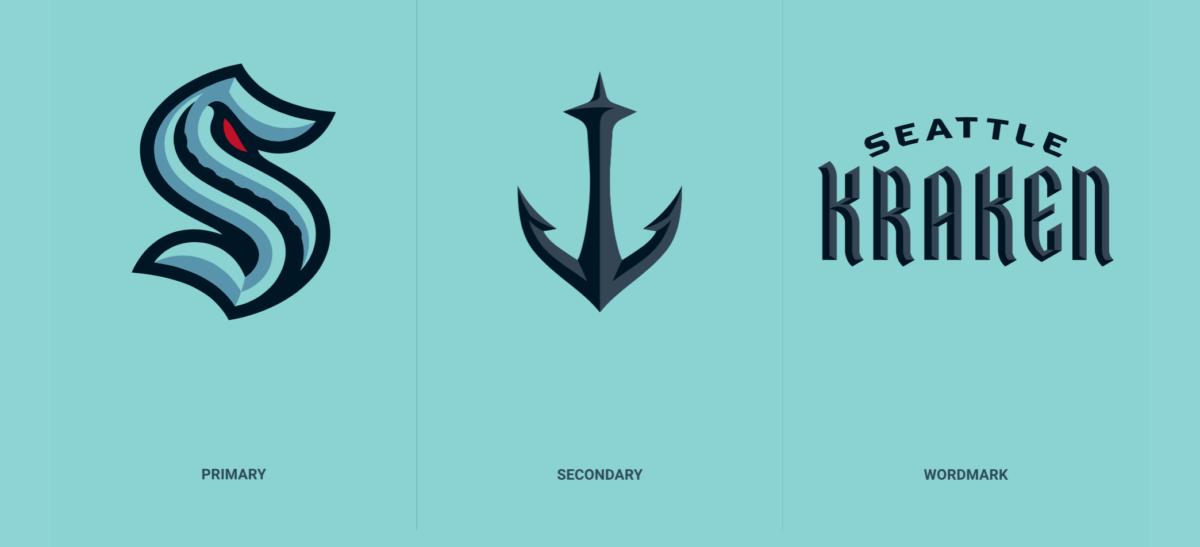It’s been insanely hot here this week. My lawn makes me sad, but my little garden in the back is growing really well. Let me know if you would like more information, and how many hours you have to talk about it.
In the meantime, here are some things I really enjoyed this week.
- I am currently obsessed with the Nintendo Gigaleak. Obsessed with the Gigaleak, especially the debug tools and early development artifacts. It’s especially cool seeing how the sausage of my youth was made. That’s a weird sentence to type.
- Matthew Ball wrote up a long piece about how we shouldn’t compare Nintendo’s apparent strategy to Disney’s “Disney as a Service” strategy. It’s similar, but not the same because Nintendo is Nintendo (and is happy about it).
- The NYTimes has a pretty good series about how people spend their Sundays. 50cent’s sunday routine is work, workout … and more work.
- Free Seed With (No) Purchase: E-Comm is a rough-and-tumble business, and scammers will do anything (including mailing random people random seeds that they didn’t order) just to trick the algorithms into promoting their stores. It’s called “brushing”.
- Most of the Deadspin writers quit last year, but have combined forces again to create Defector. It’s got a cool business model, and a writer-first culture – including the ability to change the editor-in-chief at any time with a 2/3 vote. I’m going to wait to see what their hockey coverage is like before throwing my money at them.
- Speaking of: hockey’s back, baby! The NHL is kicking off their playoffs in two Canadian bubbles. And it sounds perfectly fine.




